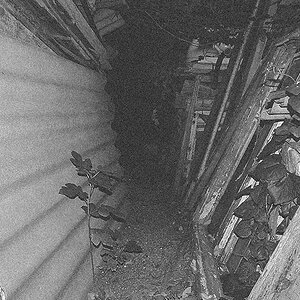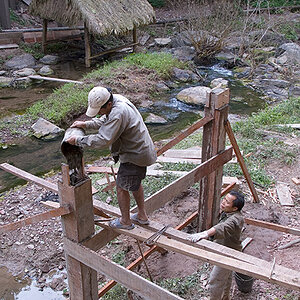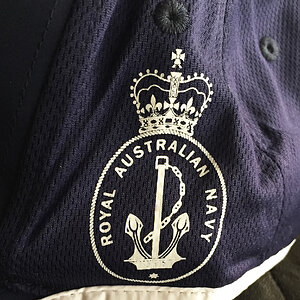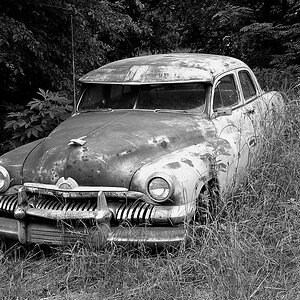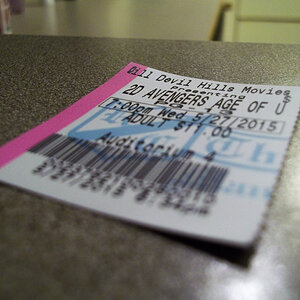daniroyer
TPF Noob!
- Joined
- Apr 17, 2017
- Messages
- 1
- Reaction score
- 0
- Can others edit my Photos
- Photos OK to edit

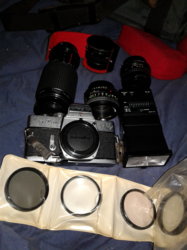
My dad passed away in 2014 and my mom in 2015 and I've slowly been going through their things. Last night, we found a camera bag with a Minolta SRT202 camera, 4 lenses, and a flash. My husband wanted to sell it, but I want to keep it. I'm always snapping pictures with my phone when I'm out and about so it would be nice to use a "real" camera. I paint and would love to explore another art medium. Plus I think it would be a way for my kids to stay connected with grandpa by having their picture taken with the same camera he used to take pictures of me when I was a kid.
Unfortunately, my only camera experience is with those cheap disposable cameras and my cellphone. Until I get a handle on what I'm doing, I have to keep my costs as cheap as possible. That means cheap 35mm film and processing at the pharmacy for now.
After I get the hang of it, what film is recommended? I'm thinking of taking a lot of scenery pics since I live in south Florida. I'm also thinking of doing some sets in b&w. Bright colorful beach pics contrasted with b&w pics of the ghettos.
Also, does anyone have recommendations on where to send my film to be processed? The pharmacy should be fine while I'm fiddling around, but I've heard it's better to send the film off to get better processing and high quality scanning.
Please forgive the quality of the photos. I just quickly snapped them with my phone while trying not to wake my sleeping husband.
I heard this is an excellent camera and I'm eager to learn how to get the most out of it. Thanks so much for all your help!
ETA: Is it wrong that when I see this camera, all I can thing of is Jadzia Dax admiring the old school tricorder?
Last edited:


